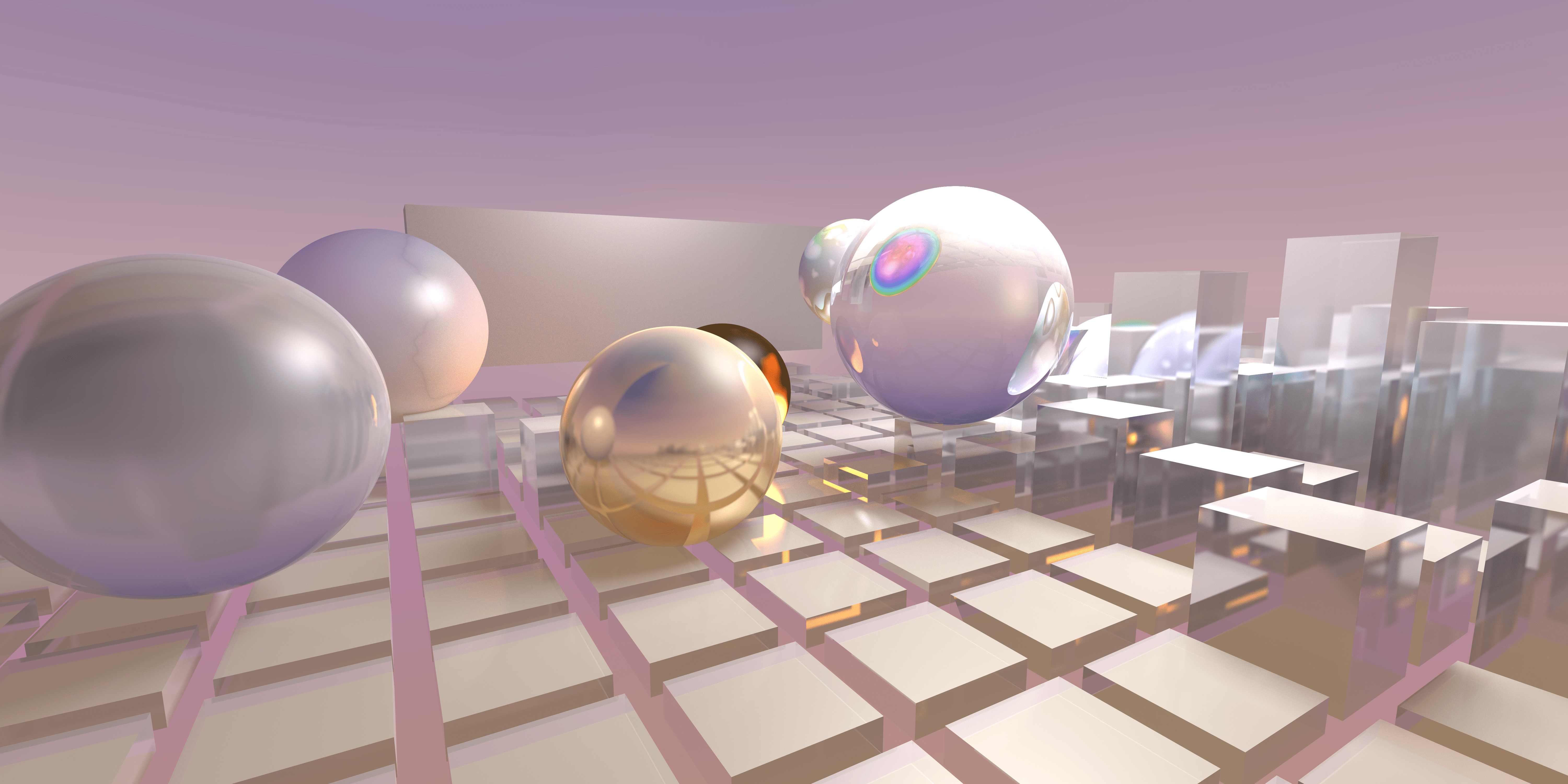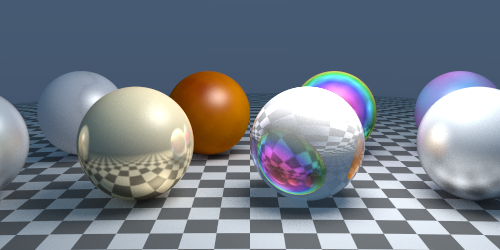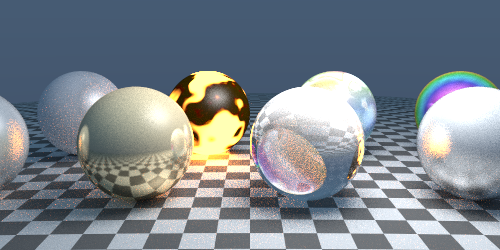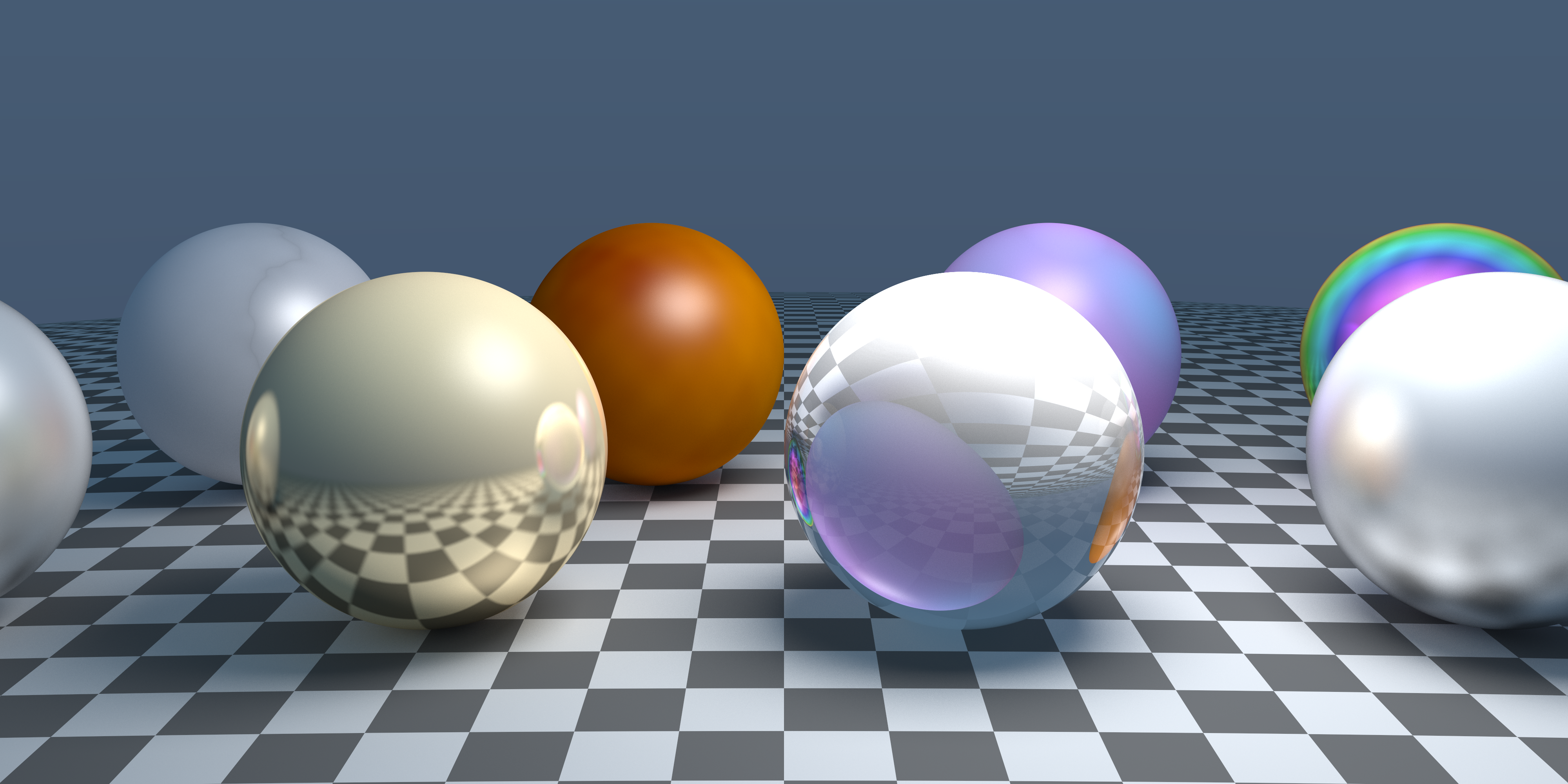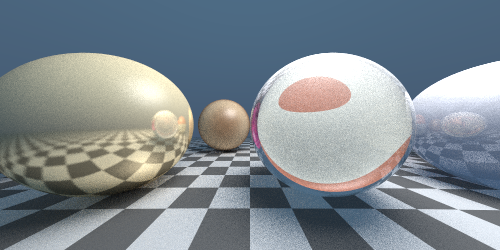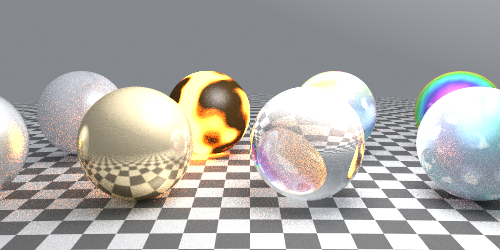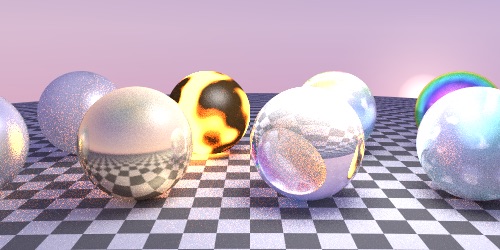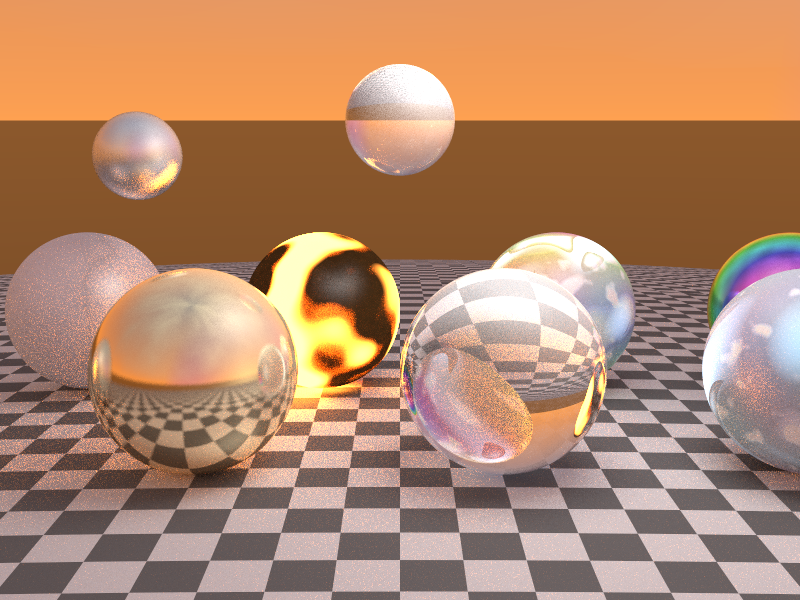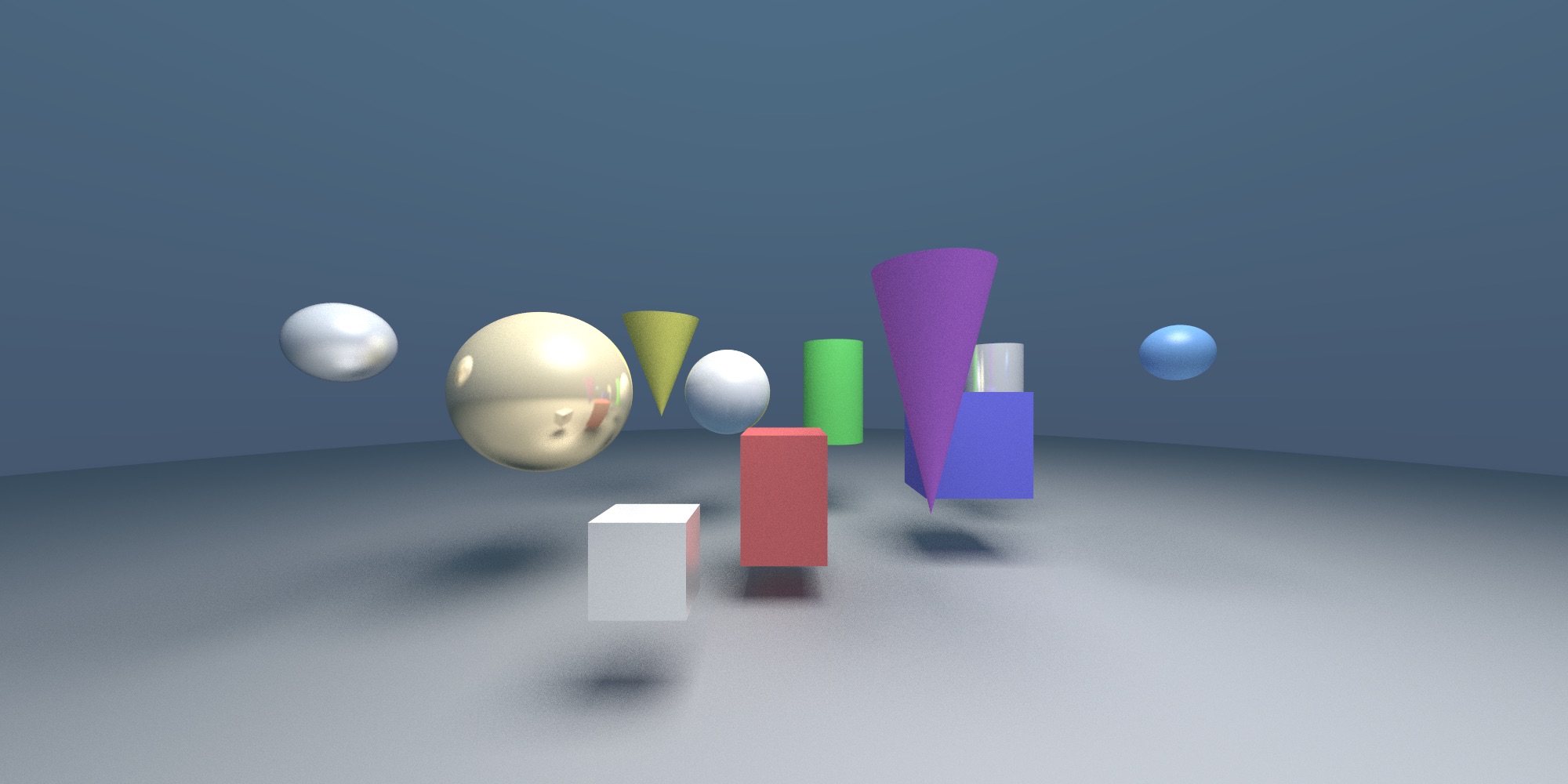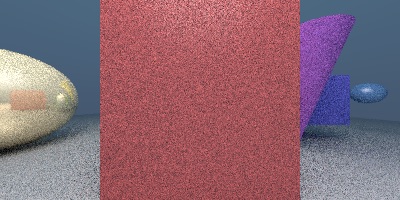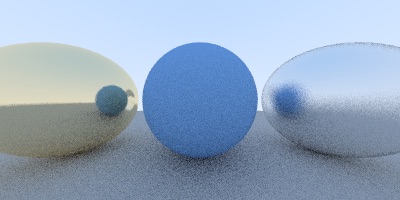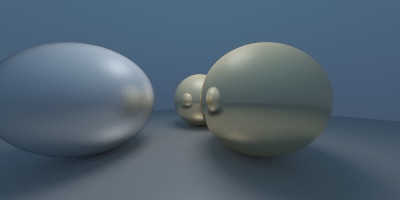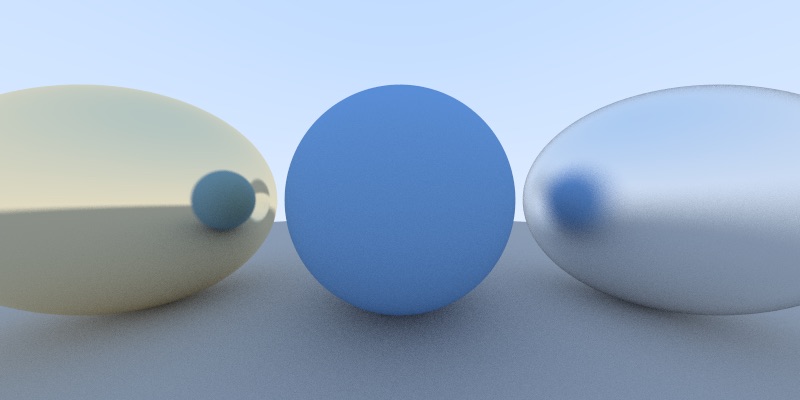CPU Ray Tracing Engine
In this project I focused on building CPU-based ray tracer in modern C++17 that simulates global illumination by tracing rays recursively through scenes composed of geometry, materials, and light sources. Built from the ground up without GPU acceleration.
The engine uses std::thread for parallelism with tiled rendering, BVH acceleration structures for fast ray traversal, and outputs high-quality PNG images via stb_image_write. Every pixel is calculated through Monte Carlo sampling to achieve photorealistic results.
